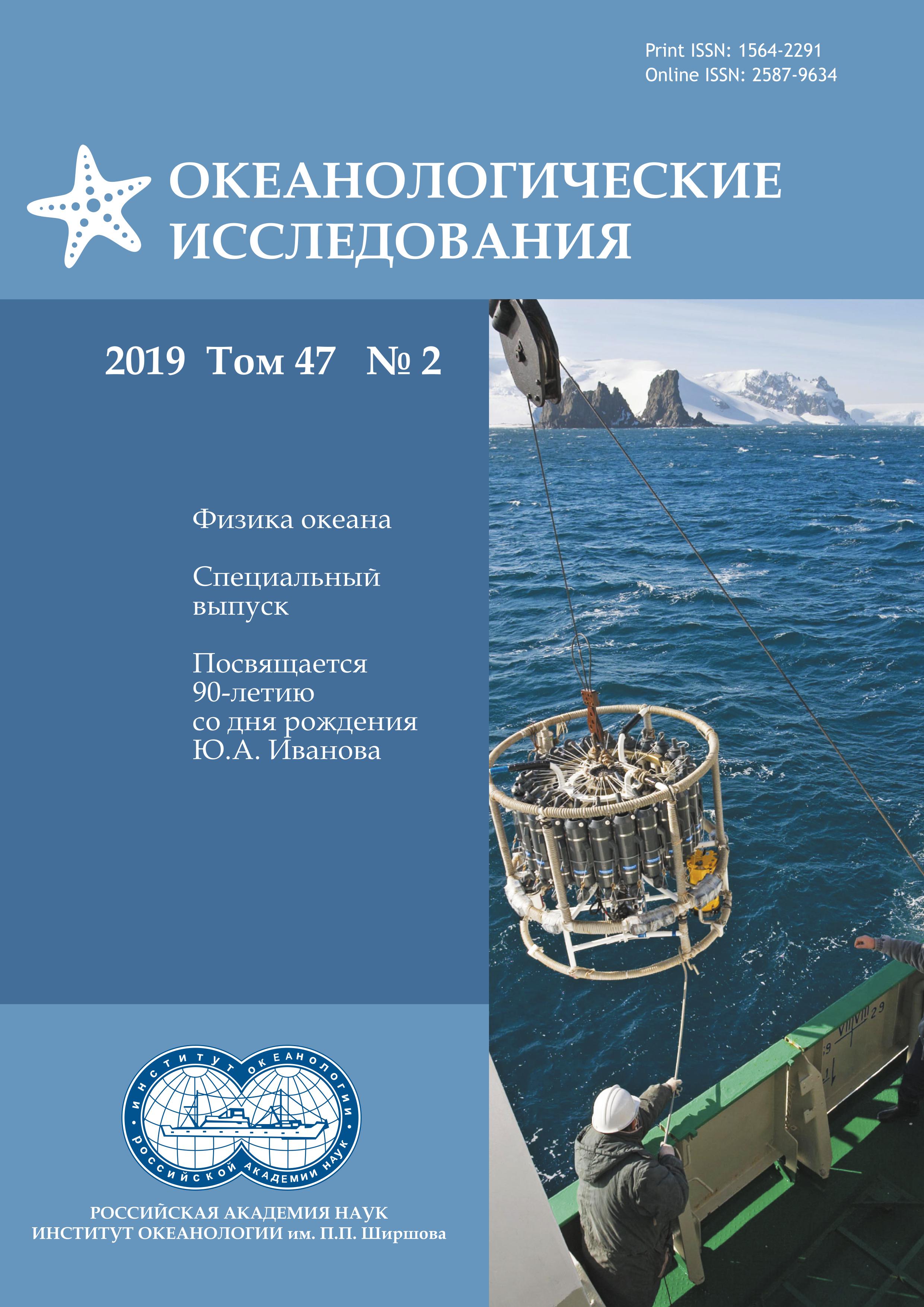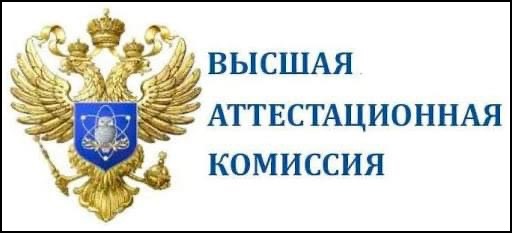ОБ УСОВЕРШЕНСТВОВАНИИ ИНКЛИНОМЕТРИЧЕСКОГО ИЗМЕРИТЕЛЯ СКОРОСТИ ПРИДОННЫХ ТЕЧЕНИЙ
Аннотация
В статье описана усовершенствованная конструкция инклинометрического измерителя скорости придонных течений (ИСПТ), разработанная в АО ИРАН. Данный тип измерителей используется последние годы, главным образом, за рубежом вследствие невысокой стоимости, простоты изготовления и возможности тиражирования. В большинстве конструкций прибор представляет собой физический «маятник» в форме длинного плавучего цилиндра, прикрепленный к неподвижной платформе и отклоняющийся от вертикали под действием гидродинамической силы набегающего потока. Угол отклонения пересчитывается в скорость потока по показаниям акселерометра. Основным недостатком существующих образцов является наличие помех в измерениях вследствие поперечных автоколебаний цилиндра в стабильном потоке при образовании вихрей Кармана. В усовершенствованной конструкции герметичный контейнер с блоком электроники и дополнительный элемент плавучести помещены во внешнюю жесткую оболочку. Оболочка изготовлена из цилиндрической пластиковой трубы с площадью перфорации стенок 55%. Наличие перфорированной оболочки эффективно демпфирует возникновение поперечных колебаний в широком диапазоне чисел Рейнольдса. Для разработанной конструкции приводятся простые расчетные соотношения, позволяющие выполнить оценку диапазона измерения и чувствительности измерителя на основе его геометрических и массовых параметров. Усовершенствованная конструкция ИСПТ предназначена в первую очередь для проведения измерений слабых придонных течений, хотя существует возможность регулирования чувствительности для измерений в волноприбойной зоне моря. Диапазон скоростей измеряемых придонных течений составляет 3–56 см/с при максимальной относительной погрешности в 25% для малых скоростей и 3–5% для больших скоростей.
Литература
- Баранов В.И., Очередник В.В., Зацепин А.Г., Куклев С.Б., Машура В.В. Предварительные результаты натурных испытаний измерителя скорости придонного течения в прибрежной зоне моря // Научно-практический электронный журнал «Аллея Науки». 2018. № 5(21)
- Короткина О.А., Завьялов П.О., Осадчиев А.А. Синоптическая изменчивость течений в прибрежной акватории Сочи // Океанология. 2014. Т. 54. № 5. С. 581–593.
- Alridge T.R., Piper B.S., Hunt J.C.R. The drag coefficient of finite-aspect-ratio perforated circular cylinders // Journal of Industrial Aerodynamics. 1978. No. 3. P. 251–257.
- Hansen A.B., Carstensen S., Christensen D.F., Aagaard T. Performance of a tilt current meter in the surf zone // Coastal Dynamics. 2017. No. 218. P. 944–954.
- Sheremet V.A. SeaHorse tilt current meter: inexpensive near bottom current measurements based on drag principle with coastal applications // Eos Transactions American Geophysical Union. Ocean Sci. Meet. 2010. Vol. 91. No. 26. Abstract PO25C13.
Передача авторских прав происходит на основании лицензионного договора между Автором и Федеральным государственным бюджетным учреждением науки Институт океанологии им. П.П. Ширшова Российской академии наук (ИО РАН)













